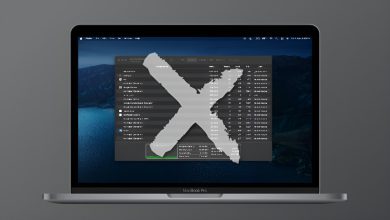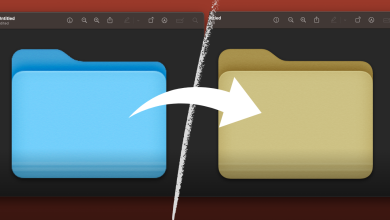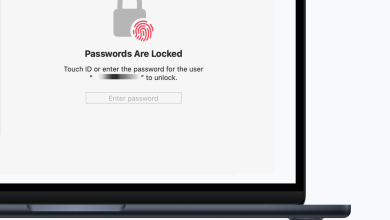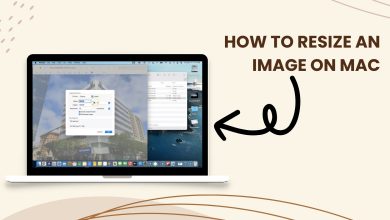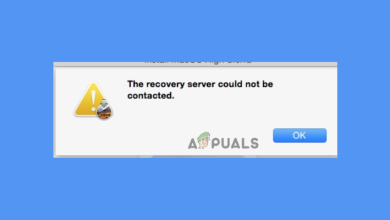How to Delete a User on Mac in 2 Easy Steps
- To delete a user account on macOS, you can use System Settings for a graphical interface or Terminal for command-line operations.
- In System Settings, you access "Users & Groups" to delete a selected user account after authentication, with options to save or delete the user's files.
- In Terminal, you list users with "/usr/bin/dscl . -list /Users" and delete a specific user with "sudo /usr/bin/dscl . -delete /Users/[username]".
If you have an unused account on your macOS, you can delete it, though managing user data and permissions might seem complex. A user account defines individual settings and preferences and is necessary for logging in.
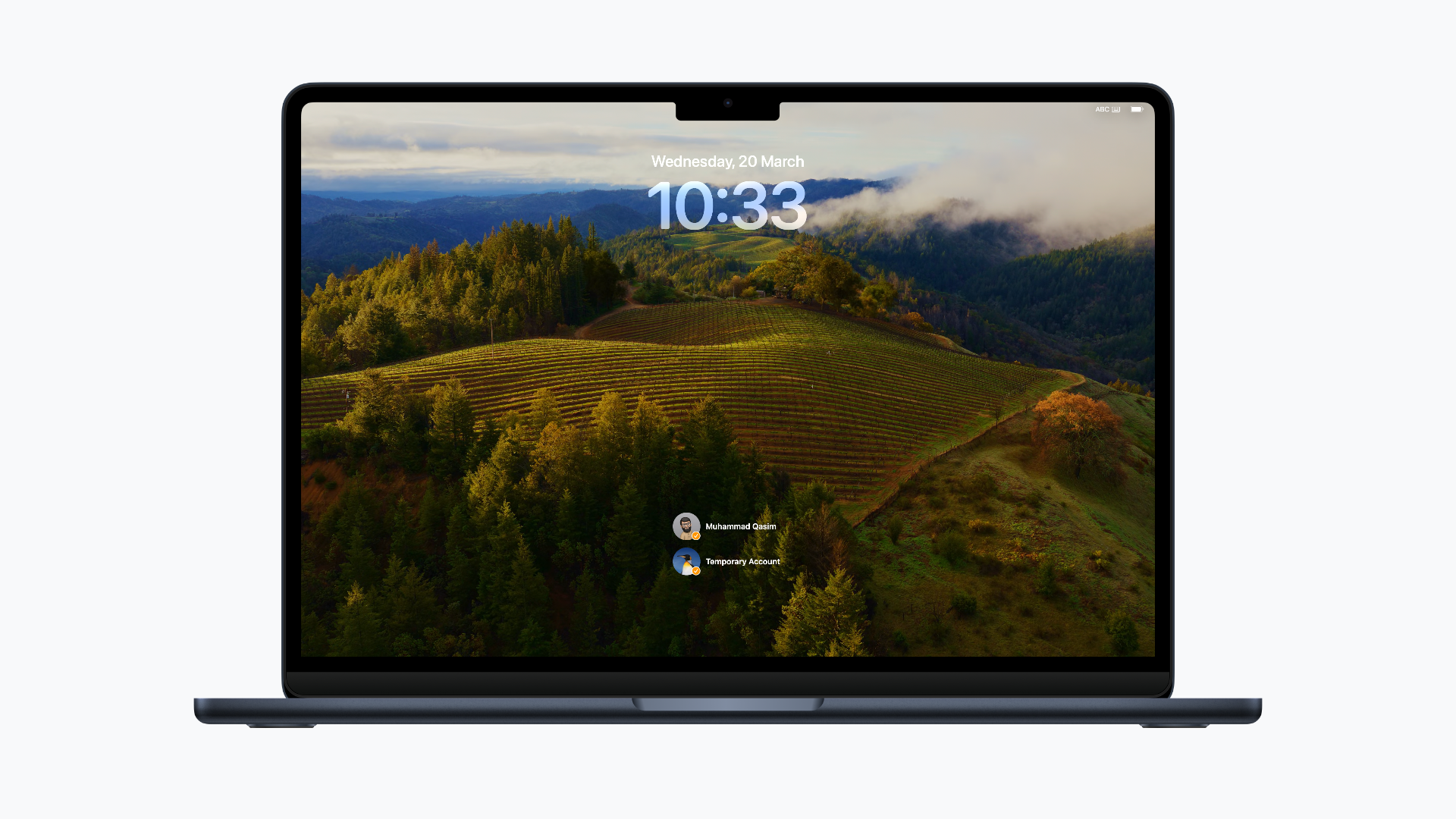
Table of Contents
Method 1: System Settings
The easier and more straightforward method is to use the System Settings. It gives you a graphical user interface, and unless you know the basics of how user accounts work, it is advisable not to tinker around with the other method and use this one instead.
Step 1: Accessing User Controls in System Settings
The first step is to essentially access the user control page where you will find details on all the accounts associated with the device. To do this,
- Head to System Settings (or System Preferences on older macOS versions).

Opening System Settings via the Menu bar - In the sidebar, scroll to find “Users & Groups” and click on it.

Opening “Users & Groups” in System Settings
Step 2: Deleting the User Account
After you open Users & Groups, you’ll see a list of user accounts, each with different permissions (like Admin, Standard, or Guest). Remember that you need to be logged into an Admin account to delete any account on the system.
- Click on the user you want to remove.
- Look for a small “info” icon (i) on the right side and click it.

Choose the user account you wish to delete. - Here, you’ll see a list of options to change the username, password, or account type.
- On the bottom left corner of this dialog box, click “Delete User.”

Deleting the user account. - You will now be prompted to authenticate your current account. In this step, Touch ID is unavailable; you will need to enter your password instead. In the dialog box that appears, enter your password and click “Unlock.

Authenticating current account before deleting a separate account on macOS - A confirmation dialog box will then appear, asking if you want to save the files from your deleted account to a disk image. You can also choose to delete the user’s home folder entirely. Choose the appropriate option and click “Delete User.”

Method 2: Terminal
The second method involves using the Terminal to delete a user account on macOS. The Terminal gives you a command line interface (CLI) to work with and easily communicate with the system software.
Step 1: Access the List of Users on your Mac
To list the total users on your Mac, run the following command on the Terminal. You can open this by searching for it in the Spotlight Search (which can be invoked by pressing Command + Space) or using the Launchpad and searching for “Terminal.”
Use the command below to list all the users on your Mac.
/usr/bin/dscl . -list /Users
Step 2: Delete the User Account
Once you’ve entered the command to list all users on your Mac, you’ll see a huge list of environments and permissions. Ignore them and scroll down to the bottom where you’ll find the username to your actual physical account.
Identify the username and then run the command below in Terminal to delete the specified account.
sudo /usr/bin/dscl . -delete /Users/[username]After you enter this command, the Terminal will prompt you to authenticate your current account. Once you do that, the specified account will automatically be deleted. If you see your current account name, know the process has been completed.
 Reviewed by
Reviewed by 